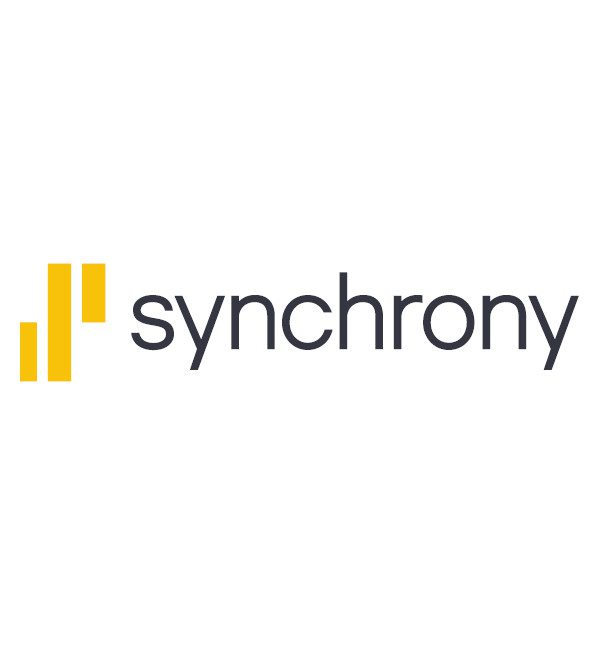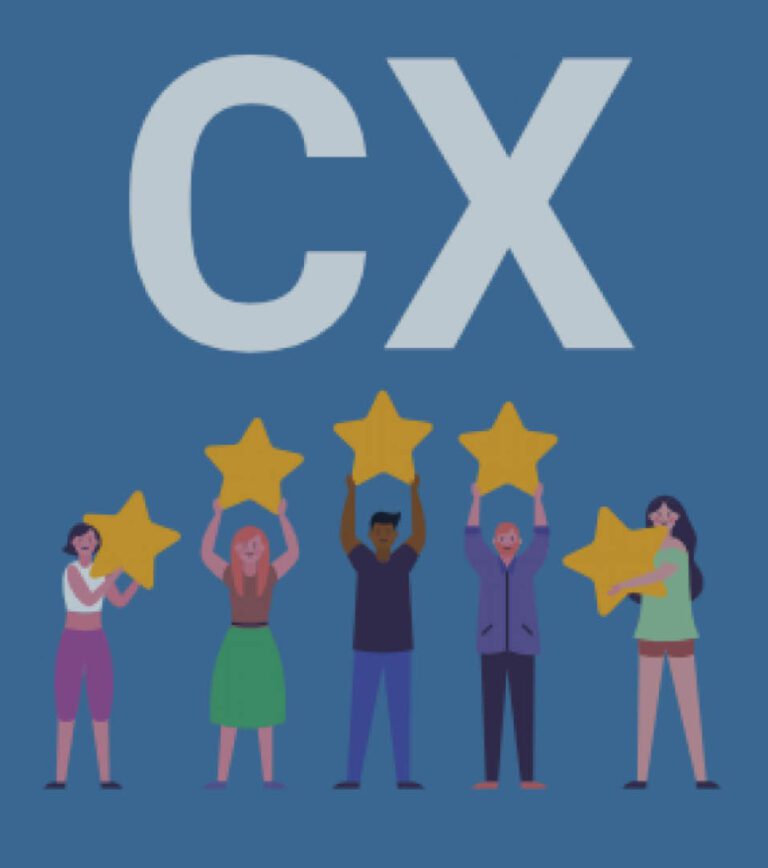Your POS should allow you to digitally monitor inventory and sync inventory between your selling channels.
Many furniture retailers are content using old payment systems and outdated technology – legacy systems – rather than dive into the unknown of a new payment platform. But outdated payment systems can negatively impact the bottom line. This can put your store at a competitive disadvantage and stop you from taking your business to the next level.
Using legacy systems can be costly to your business. For instance, if the hardware or software needs regular maintenance, the costs can add up. Most IT experts will tell you that providing adequate support for a legacy system is expensive and, in some cases, impossible.
There is also the issue of security. When a system enters legacy territory, companies stop supporting and updating it. This puts retailers at higher risk for costly and disastrous data breaches.
Despite these impacts, there is still a reluctance among many furniture retailers to update their payment systems. How do you know when it is time for an update? And, how do you select the right system for your business? If your business is experiencing any of the issues below, it is time to upgrade your platform.
Your payment system does not let you digitally monitor inventory and sync inventory between sales channels.
Managing inventory is a challenge for many retailers today but is of critical importance for business efficiency.
Your payment system should allow you to digitally monitor inventory and sync inventory between your selling channels (i.e., brick-and-mortar store space, pop-up store and eCommerce channels). Otherwise, you run the risk of overstocking or understocking. This is not only inefficient to your operations but also has major implications for overall profitability.
If your legacy payment system does not have inventory management capabilities, your business may still be managing inventory by manually sorting through receipts and using spreadsheets. This is time-consuming and error prone.
To address these inventory monitoring and tracking issues, look for a payment solution with inventory management functionality that provides detailed customer inventory reports and links your sales activity to your inventory numbers, ensuring you always have enough supply for your demand.
Your payment system does not have the ability to add a mobile card reader.
If your business is often on the go with a pop-up store, the inability of your payment system to add a mobile card reader is impacting your bottom line. Consumers are increasingly going cashless, and if your platform can’t add a mobile card reader, you could lose sales.
Going mobile with your payment system will allow you to sell your product anywhere, anytime. Typically, mobile card readers plug in to your mobile device and connect with an application.
As you consider moving to a payment system with the ability to add a mobile card reader, look for the as many of the following features you can find:
Mobile apps for iOS and Android that allow you to accept, track and manage payments easily from your phone
A mobile card reader with the ability to accept both EMV cards and NFC payment
A mobile card reader that allows you to connect multiple ways – 3G and Wi-Fi – to guard against poor connectivity and technical issues
A mobile reader with affordable extra features such as the ability to email customers their receipt
Investing in a payment platform with robust mobile capabilities for credit card and payment processing will help your business grow and become more connected to customers.
Your payment system does not provide access to business analytics.
Legacy payment systems typically don’t provide real-time data and analytics that can help you manage your business. If your payment system does not generate data that can improve decision-making and planning, you are probably in the position of reacting instead of anticipating.
Staying on top of your records and payments is a cornerstone of managing your business. With an updated payment system, you can use an online dashboard to monitor the state of your business and track your transactions in real time.
When evaluating the data management tools of payment systems, look for a system that provides:
Detailed data and analytics reports presented in one dashboard that allows you to view all your data without having to access different accounts and software
Summary data that allow you to see gross and net sales, along with your total refunds, in one simple chart
Sales data that allow you to see the busiest time of day for your business, so you can easily plan product promotions and staffing schedules
Sales trend data compared across all your locations that present insights on where you should focus your efforts
Your new payment system should also be able to seamlessly integrate with other business software such as QuickBooks Online, allowing you to sync securely back and forth to track outstanding invoices and other data on both the payments platform and business software.
Today, when almost every transaction leaves a digital footprint, your business should be using a payment system that offers robust data and analytics. The data gathered through an updated payment system can provide valuable insights to help you establish benchmarks, set goals and develop strategies for the growth of your business.
Your current system does not allow you to accept chip cards in an EMV reader.
It is important for businesses that accept in-person payments (card-present transactions), such as transactions made on a point of sale system, wireless terminal or mobile reader, to have an EMV terminal that’s ready to accept card payments embedded with smart chips.
Making this payment transition is critical for protecting your business from fraud liability and your customers from credit card fraud.
To begin accepting chip cards, you will need to update your payment system, replacing your current terminals and mobile readers for EMV terminals and EMV readers.
These systems allow customers to “dip” their credit card into your terminal (rather than swiping) so the chip in their card can pass along the encrypted information necessary for processing the transaction.
Improving the security of customer information and removing risk from your business are two compelling reasons why you should update your business’ payment system and make the transition to accepting EMV payment.
Retail sales hit a record high of $6 trillion in 2018 and are on track to match or surpass that this year. Making the decision to move to a new payment system can position your business to grab some of that market share to profit and grow.










